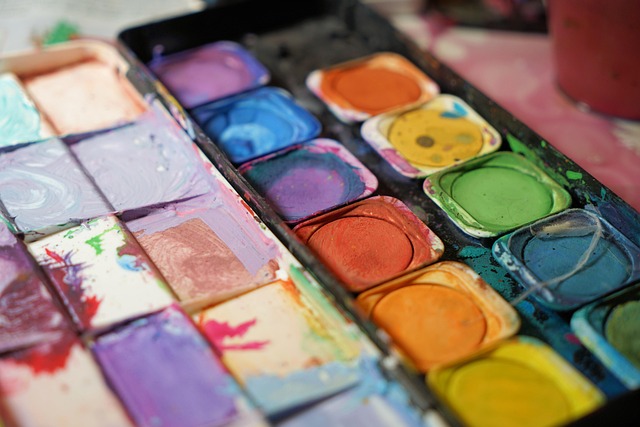Sustainable Artistry: Uniting Environmental Planning with Graphic Design
In a world increasingly defined by its rapid pace of change, the intersection of art and design with environmental planning offers a refreshing perspective on sustainability. Graphic design, an often-overlooked facet of environmental planning, holds incredible potential to communicate messages around sustainability and foster a deeper connection between people and their environments.
The Role of Design in Environmental Awareness
Art and design can do more than beautify a space; they can also educate and inspire action. Graphic designers wield the power to transform complex data on environmental issues into compelling visuals that resonate with audiences. Infographics, posters, and digital media can illustrate the impacts of climate change, promote eco-friendly practices, and encourage community engagement.
When designers integrate environmental planning concepts into their work, they help demystify important issues, making them accessible to a broader audience. A well-designed campaign can spark conversations about sustainability in a way that feels relatable and urgent, reminding us that our collective choices matter.
Innovative Approaches to Sustainability in Design
As designers look for ways to reduce their environmental footprint, sustainable practices are emerging as defining principles in graphic design. From using eco-friendly materials to creating designs that prioritize energy efficiency, the industry is embracing innovation at every turn.
One notable approach is the use of biomimicry, where designers draw inspiration from nature to create functional and sustainable solutions. This methodology not only enhances the aesthetics of design but also promotes environmental resilience. By mimicking natural processes, designers can offer new, sustainable pathways while addressing ecological challenges.
Collaboration Across Disciplines
The synergy between environmental planners and graphic designers is vital in crafting holistic solutions to environmental issues. Planners provide the necessary context and insight into the environmental landscapes, while designers add an element of creativity that elevates the narrative. Together, they can create powerful campaigns that raise awareness about conservation efforts—and in turn, foster a collaborative spirit within communities.
Moreover, community projects that involve both artistic expression and environmental planning enable participants to physically engage with their surroundings. Urban murals that depict local wildlife, for instance, can serve not only as eye-catching art but also as tools for ecological education, instilling a sense of place and responsibility in viewers.
The Future of Sustainable Artistry
As we look ahead, the future of graphic design in relation to environmental planning is bright and hopeful. The marriage of creativity and ecological awareness is set to redefine how we perceive and interact with our environment. It calls for designers to become thought leaders, using their art to advocate for sustainability and influence positive change.
Through this lens of sustainable artistry, we can envision a world where design not only exists to adorn but also to inform, inspire, and foster a deeper connection between humanity and the planet. Transitioning towards this model requires dedication, imagination, and a willingness to explore uncharted territories—both creatively and environmentally.
As we embrace these ideas, we invite all creatives to join in the conversation. Together, let’s explore how our work as designers and artists can contribute to the sustainability movement and nurture a more harmonious relationship with our environment.




